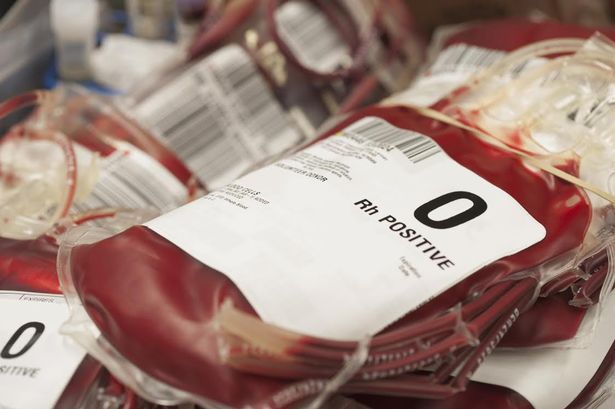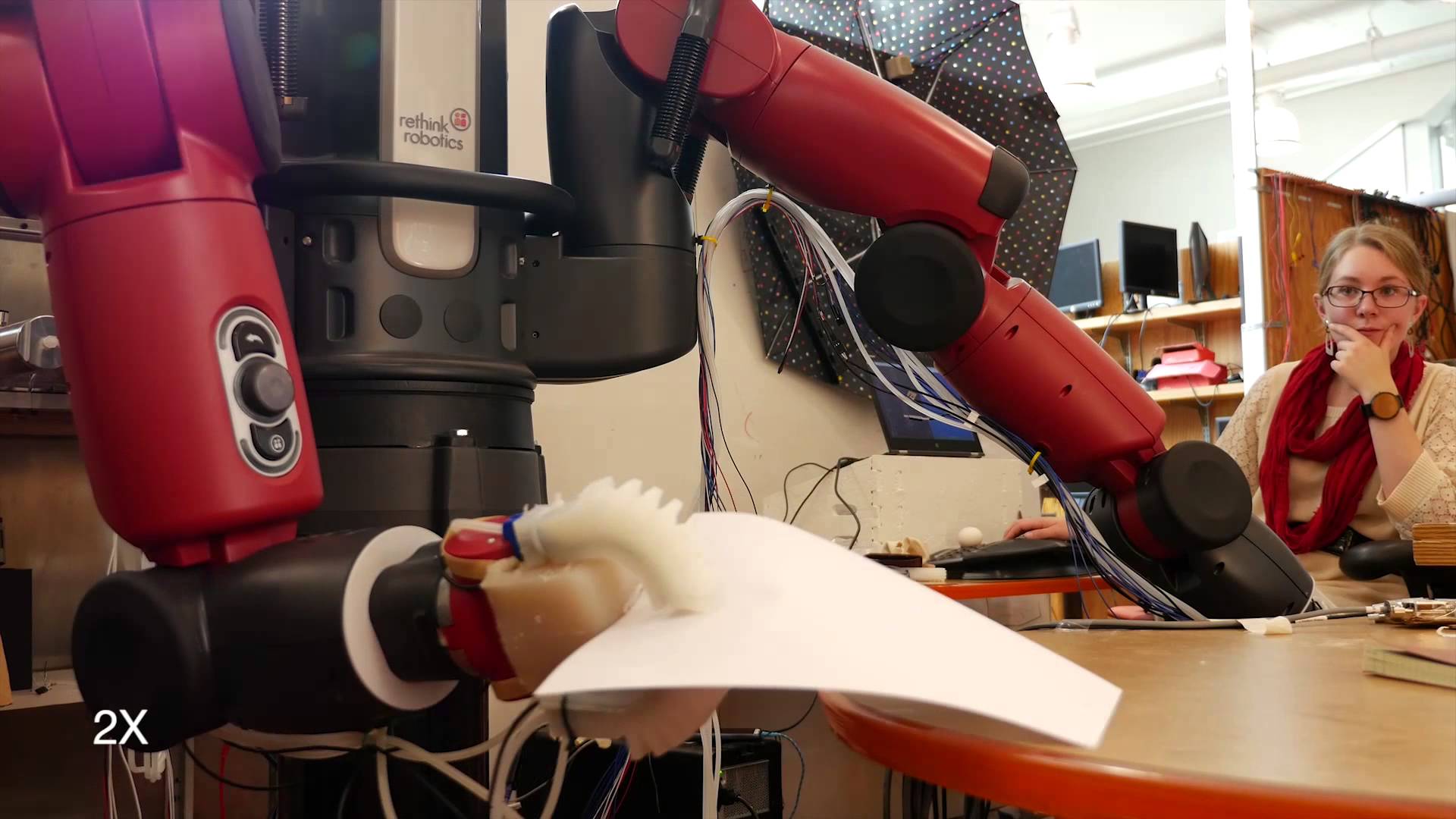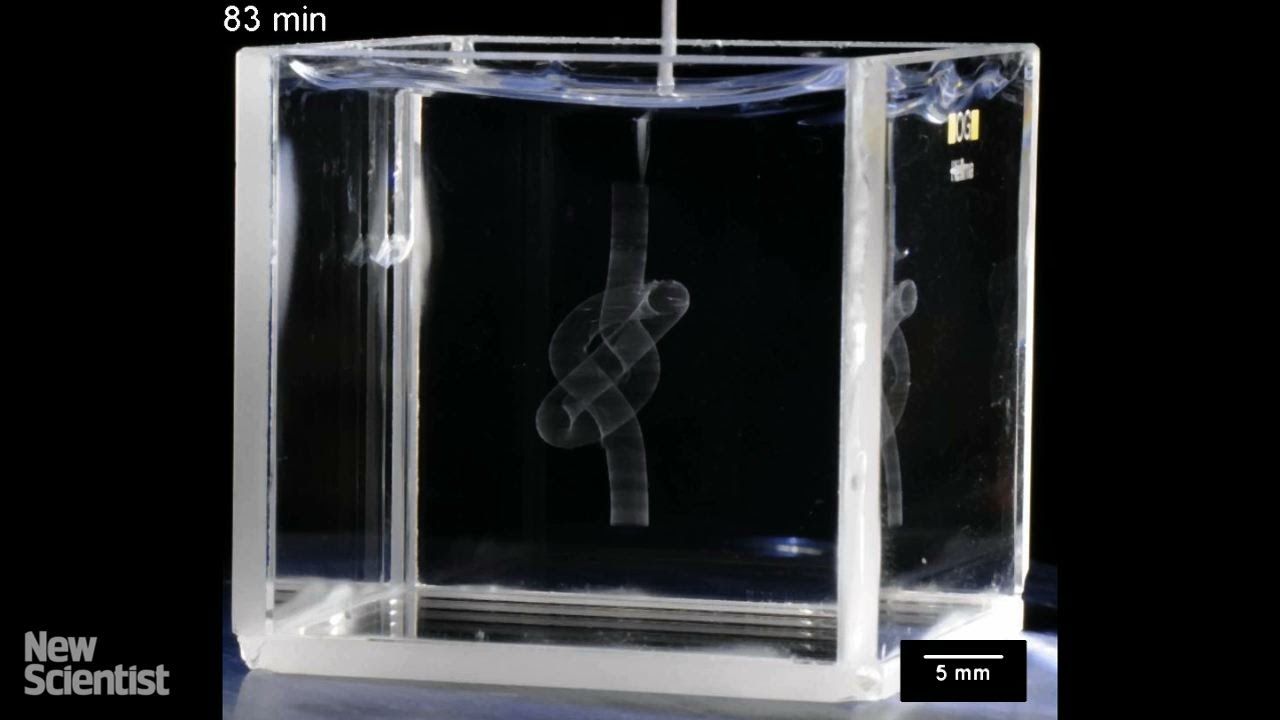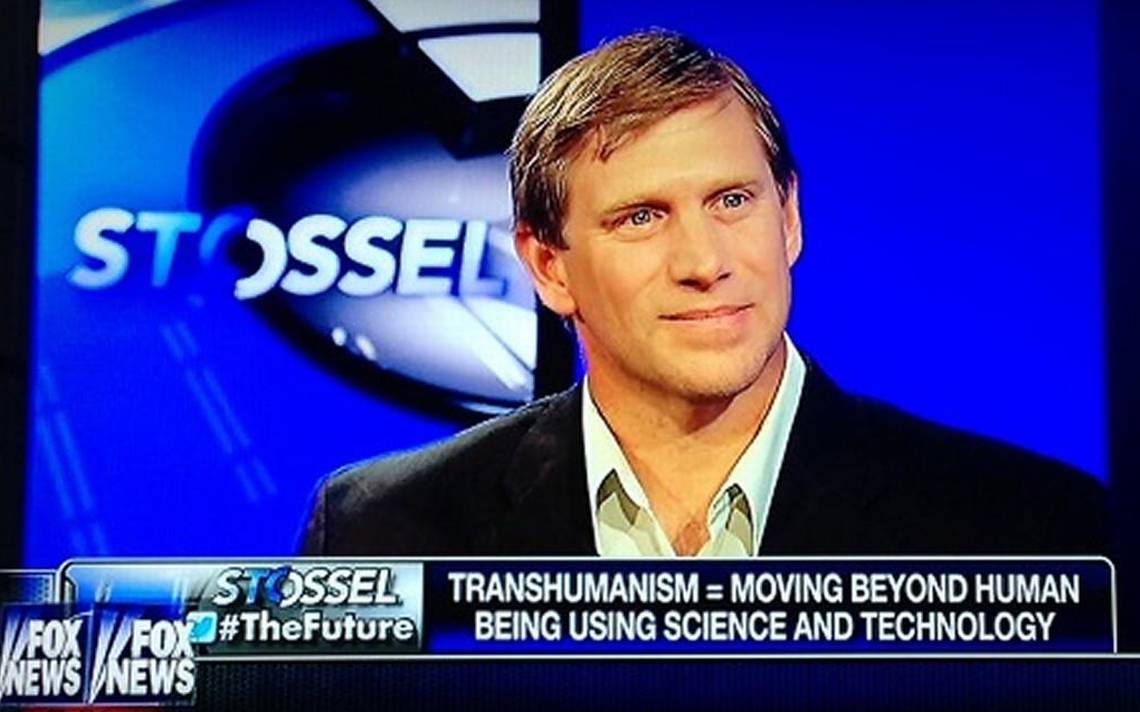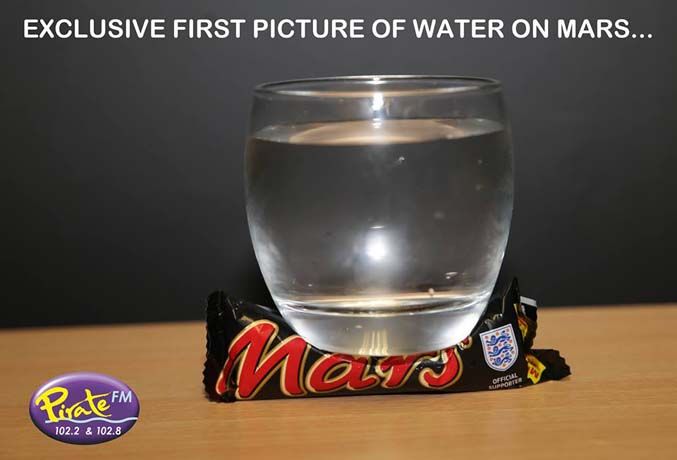
Researchers have developed a new technique to produce a 3D ‘micro-printed’ array of needles capable of drug delivery. The technique would offer a pain-free drug delivery device that would allow drugs to diffuse within the body as the biomaterial device degrades in the body. This offers treatments for a wide range of diseases, including melanoma cancers.
The results are published today, Wednesday 30th September, in the journal Biofabrication .
The researchers, based at the University of Akron and the University of Texas, report producing a drug-loaded array for transdermal delivery of a chemotherapeutic drug, fabricated using microstereolithography. The arrays consisted of 25 poly(propylene fumarate) microneedles, each needle having a tip and base diameter of 20 µm and 200 µm, respectively, and a height of 1 mm.
Read more

